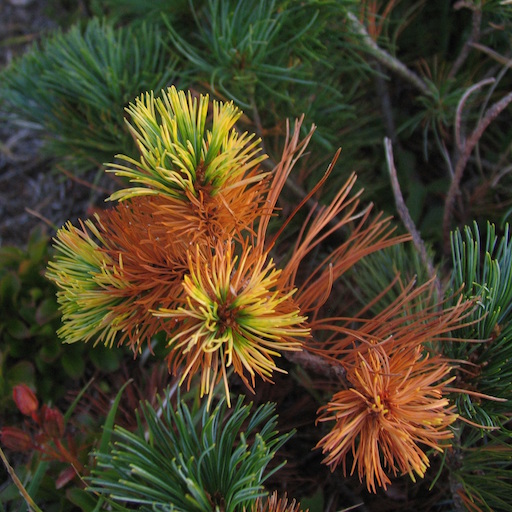Chujan G. N., Bykasov V. E. Shore Structures of Interfluves of the Pyatibratka, Palana and Kinkil’ Rivers // International Conference, China, Huandao.
SHORE STRUCTURES OF INTERFLUVES OF THE PYATIBRATKA, PALANA AND KINKIL RIVERS
Galina Chujan1 and Valery Bykasov2
1Kamchatka Institute of Ecology and Nature Management, Far East Branch, Russian Academy of Sciences
2Institute of Volcanology, Far East Branch, Russian Academy of Sciences
But on the whole, some stabilization of the shore line is characteristic for all the northern morpho-tectonic zone of the western Kamchatka shore owing to compensating activity of the along-shore tidal current. Though in some areas this process has changed into notisable destruction of shores. Another matter is how long and with what speed this land subsidence will continue and, consequently, how long this outlined predominance of shore destruction processes over stabilization ones will last. But at present time nothing definite can be said about this as in order to characterize the shore dynamics it is necessary to carry out detailed periodical studies which have not been practically conducted in this area at all.
ПРИБРЕЖНЫЕ СТРУКТУРЫ МЕЖДУРЕЧИЙ РЕК ПЯТИБРАТКИ, ПАЛАНЫ И КИНКИЛЯ
Для побережья указанного района характерны (вследствие наличия больших – до 10 и более метров – отливов и очень пологого подводного склона с неровностями, связанными с выходами коренных пород): широкая полоса осушки, сложенная тонкими песчаными наносами; прислонённый к обрывам песчано-галечниково-валунный пляж и песчано-галечниковые перысыпи (кошки), отчленяющие долины рек и ручьёв от моря. То есть здесь интенсивная деструкция берегов в значительной степени нивелируется не менее интенсивными компенсационными процессами.
Другой характерной особенностью данного района является активные неотектонические движения. Причём если совсем недавно, во второй трети XX столетия, на западном побережье, на участке от реки Пятибратки и до реки Лесной (а может быть и севернее) происходил подъём берега со скоростями до 4 мм/год, то в настоящее время на всём севере полуострова, приблизительно от 57,5° с.ш., включая сюда и западное и восточное его побережья, наблюдается довольно заметное, то есть со скоростями вполне сопоставимыми со скоростями предыдущего этапа поднятия, опускание суши. О чём, в частности, можно уверенно судить по интенсивному размыву береговых валов и кос, подтоплению и заболачиванию приустьевых участков речных долин и, чего не отмечалось ранее, по регулярному затоплению этих приустьевых участков во время сизигийно-нагонных приливов осенне-зимнего периода.
И всё же в целом для всей северной морфо-тектонической зоны западно-камчатского побережья характерна некоторая стабилизация береговой линии за счет компенсирующей деятельности вдольберегового приливного течения. Хотя на отдельных участках этот процесс и сменился на заметную деструкцию берегов. Другое дело, как долго и с какой скоростью будет продолжаться это опускание суши и, следовательно, сколь долго будет длиться наметившееся преобладание процессов разрушения берегов над процессами стабилизации. Но в настоящее время ничего определенного об этом сказать нельзя, так как для того, чтобы говорить о динамике берегов необходимы детальные периодические исследования, которых в этом районе практически не проводилось.

